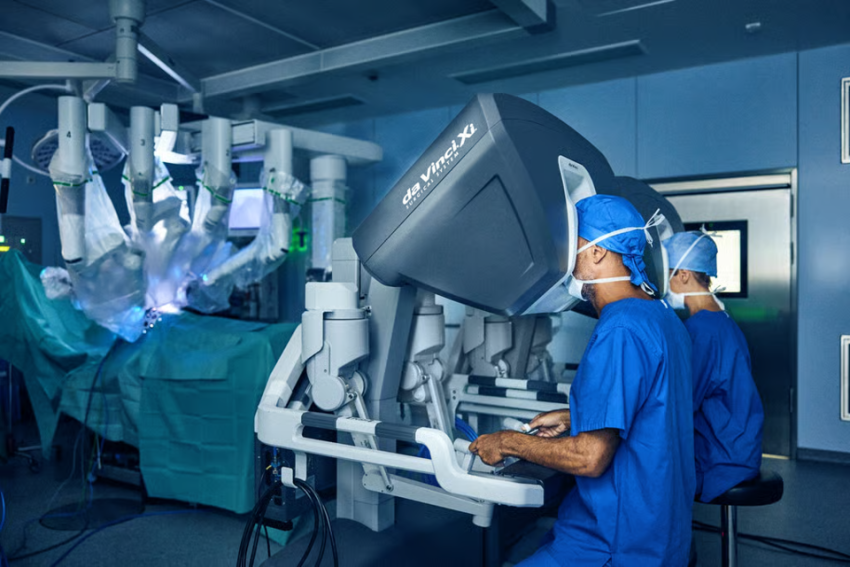
Headset can read minds
Thanks to its built-in electrodes that detect brain signals, a special headset knows what you're thinking. The signals are then converted into words by a computer.
When you say something, you use your facial muscles. But before you actually speak, your brain first sends electric signals to your muscles. This also takes place when you are reading or thinking, as there is a physical reaction to unexpressed thoughts.
Researchers at the Massachusetts Institute of Technology (MIT) developed a device called AlterEgo that detects muscle signals, allowing it to 'read your thoughts'. It is a headset with built-in electrodes pressed against your jaw. The electrodes measure the frequency of the muscle signals via the skin.
TRANSLATION
The headset is connected to a computer that translates the signals into words. To teach the system to do these translations, the researchers asked test subjects to do sums, or play some chess, concentrating on the moves they made. The researchers then used a neural network, a self-learning algorithm, to establish which brain signals are correlated to which words. This algorithm possesses general knowledge, but adapts to users within 15 minutes. After all, nobody thinks in exactly the same way.
CHESS AND SPEECH
The algorithm is also able to play chess. During an experiment, a user thought about his opponent's move, with the headset then giving a recommendation for the next move. This silent form of communication went well, although the researchers didn't state in the press release who won the game.
The headset also tells you what time it is. And it recognises a number of cities too, such as Amsterdam, London and New York City, and what time it is at these locations.
The device 'speaks' by sending vibrations via the auditory ossicles in the middle ear. This means you don’t have to wear earphones, which helps you maintain awareness of your surroundings.
FILTERING
‘This is a very interesting study,’ says Mariska van Steensel, neuroscientist at UMC Utrecht Hersencentrum. She does see some possible practical obstacles for the headset. ‘In our daily activities, or if we are holding a conversation, our face moves, with our brains sending signals to our facial muscles. The question is whether the headset can filter these out, or whether you have to keep your head very still for it to work.’
Van Steensel herself is developing aids that are controlled by the brain for people who are paralysed. ‘It is important that aids for people with a paralysis are comfortable to wear and look good. After all, paralysed people must be able to wear them 24 hours a day, for years.’
If you found this article interesting, subscribe for free to our weekly newsletter!
Opening image: Arnav Kapur, Chief Designer of AlterEgo, wearing the headset. Photo: MIT.






